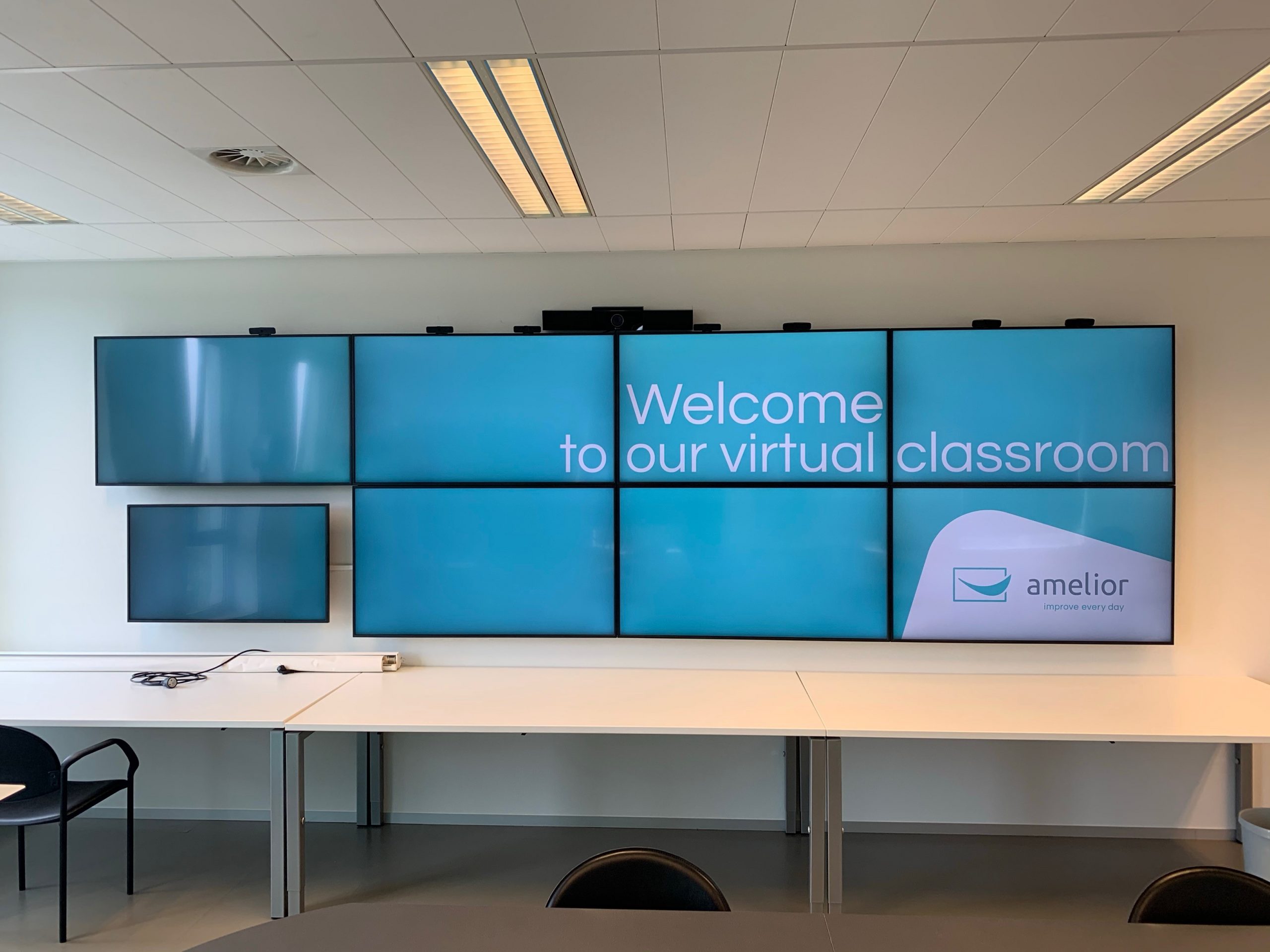
Increased productivityĪs we’ve learned during the pandemic, hybrid workers tend to be more productive. In short, it’s the digital workspace that makes flexibility possible. Unless employees have easy remote access to their workplace tools, they’ll be tethered to the office, no matter what the official workplace policy may be. Without real tools to support it, ‘flexibility’ is just a buzzword. The digital workspace is what allows companies to embrace both new technologies and new ways of working, making it a necessity for the modern office.Ĭompanies that streamline their digital ecosystem can expect to see the following eight benefits from the digital workspace. What are the benefits of a digital workspace? It’s the digital workspace and the digital workplace combined that create the best outcomes for both employees and employers. Virtualization, automation, and other advances are forever changing how we do business. Ultimately, we’re in an era of digital transformation. Meanwhile, the digital workplace is the overarching network of tools that both individuals and the entire team use to collaborate and manage workflows. This is where they can access all the tools they need to accomplish their individual tasks. Without splitting hairs, a digital workspace is like the virtual workstation for employees. People often use the terms ‘digital workspace’ and ‘digital workplace’ interchangeably, which is not surprising due to their overlapping natures. In other words, the only truly flexible workplace is one where all team members can access the same tools digitally. Only when they have easy access to digital workplace solutions can hybrid and remote workers truly capitalize on the benefits of a digital workspace. This is because they do work from everywhere: from home, from on-premises, and from the road. Namely, hybrid workers, by definition, need to be able to work from anywhere. This can include their laptop, their smartphone, the desktop in their parent’s basement, or wherever else.Īs such, a digital workspace that focuses on user experience is critical to supporting hybrid work. When employees can access all their apps and digital workflows securely from a single sign-on (SSO), suddenly, they are freed up to work from anywhere. Wayfinding and digital signage in the physical office to help connect the digital workspace to the ‘real world’Īll these components need to offer secure access in real time, on mobile devices and whatever other tools an employee uses.Cutting edge technology such as IoT sensors or a Visual Directory that creates more visibility for all workers.Communication and collaboration tools, such as email, of course, but also project collaboration tools, video conferencing software, and other cloud-based apps designed for sharing both files and ideas.


Critical components to a digital workspace Instead, with a well-optimized digital workspace, they can have a ‘virtual desktop’ that travels with them. This creates a technology framework that lets employees access all the tools they need, from anywhere.Įmployees no longer have to sit at one physical workstation and/or computer to access their files, applications, and other tools. Ideally, these digital tools will consolidate into one integrated workplace management system (IWMS). The digital workspace encompasses all the digital tools employees use to do their work.


 0 kommentar(er)
0 kommentar(er)
